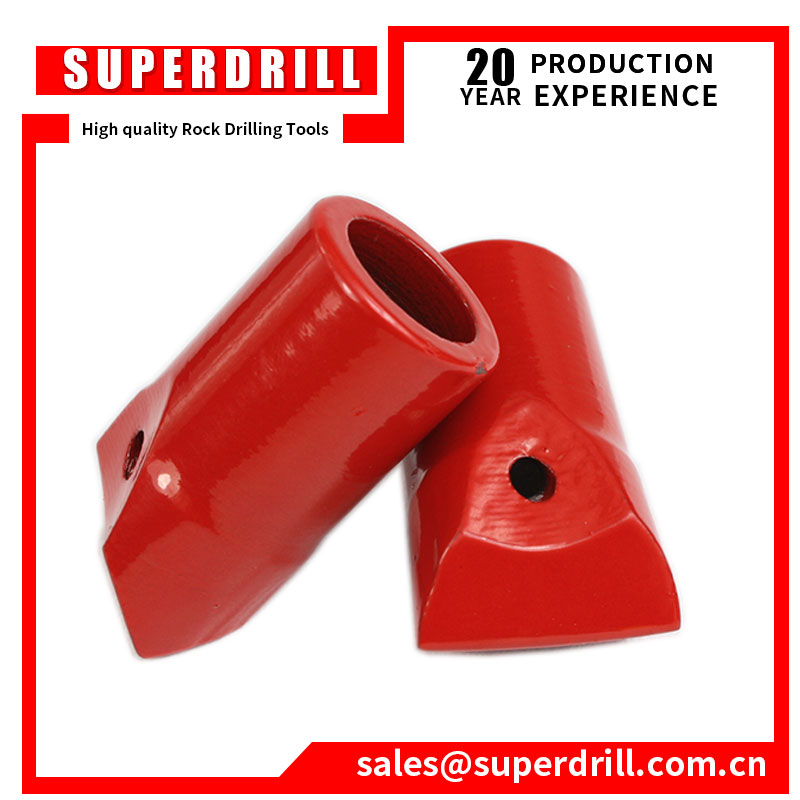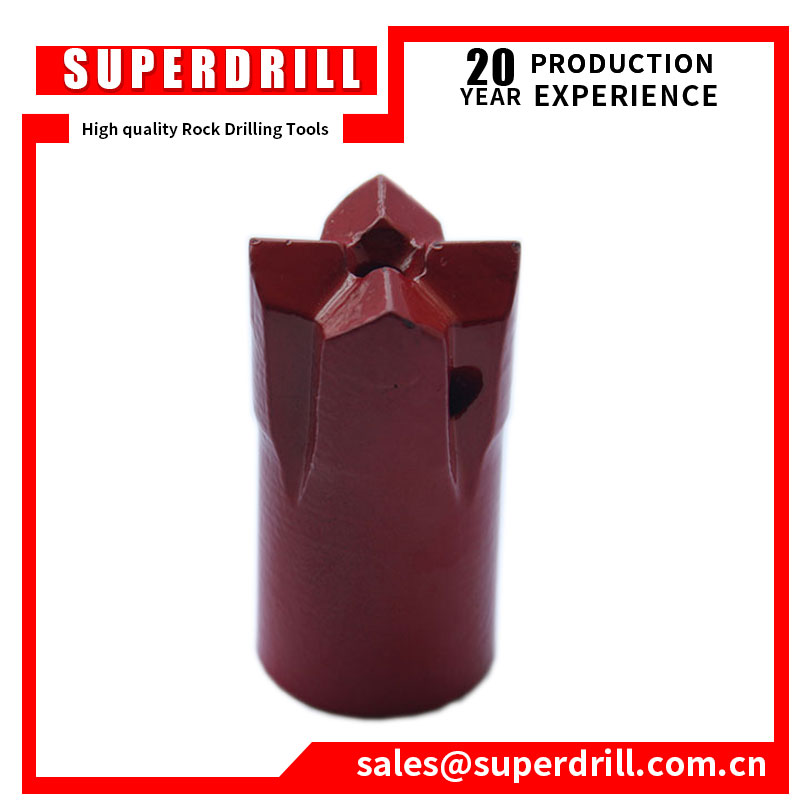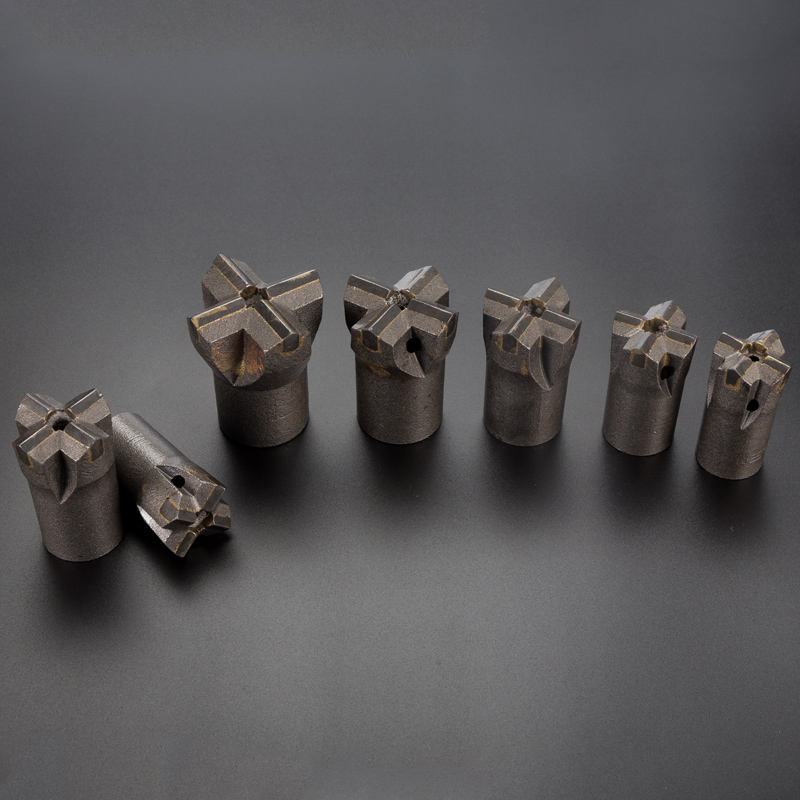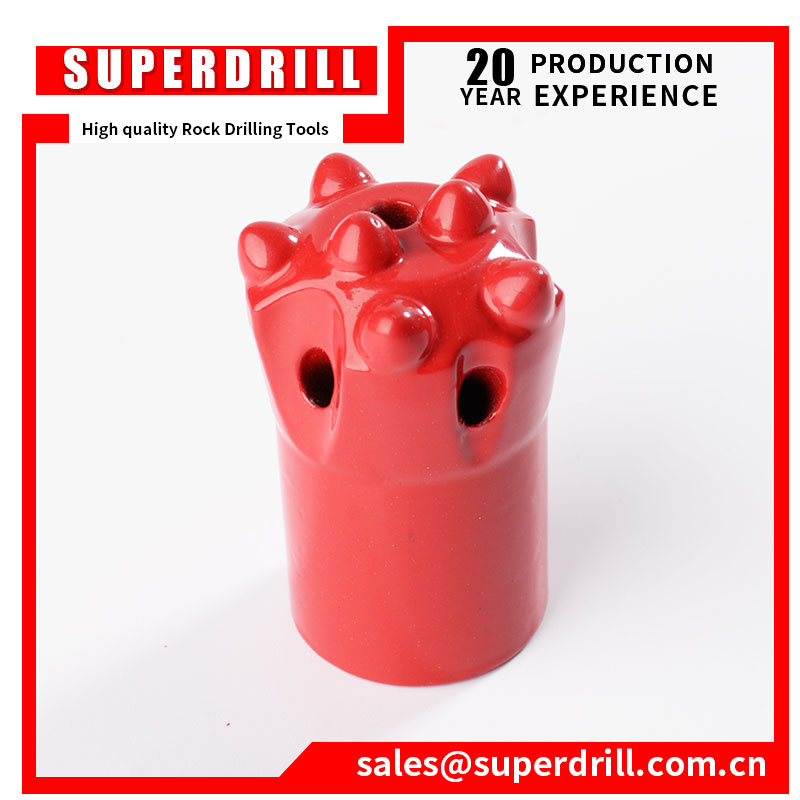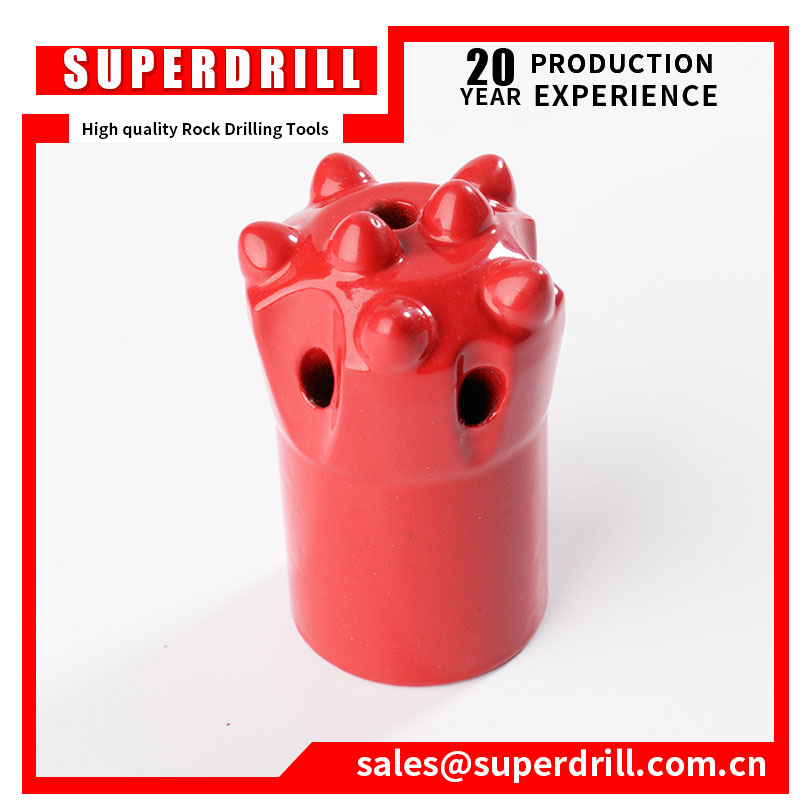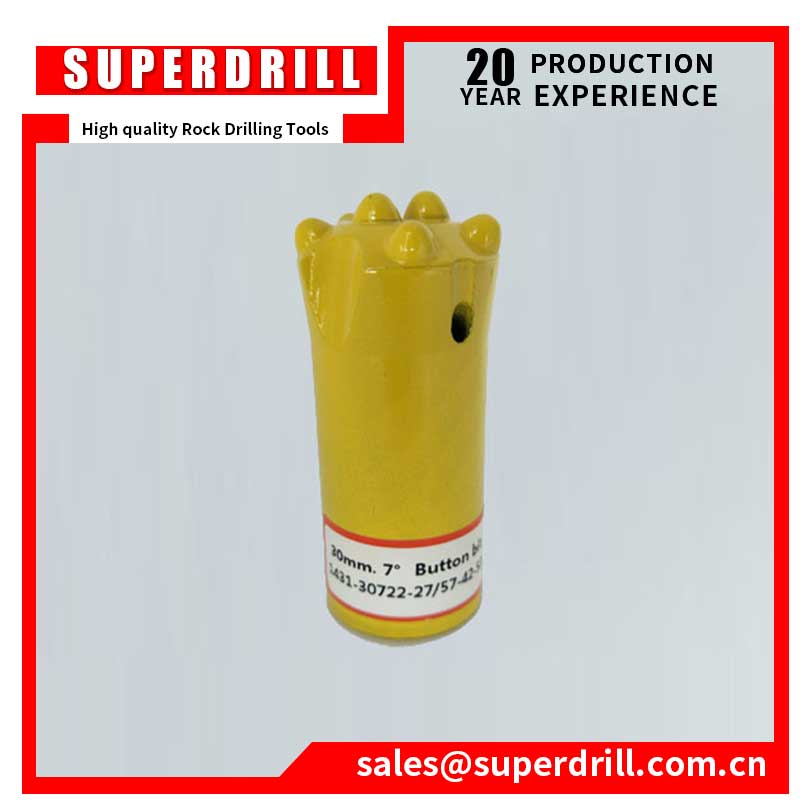What Kind of Drill Bit Can You Use to Cut Through Rock?
When it comes to drilling through rock, the right drill bit can make all the difference between a successful operation and a frustrating experience. Pneumatic rock drill bits are specifically designed for drilling through hard rock formations, and choosing the right one can be overwhelming. In this article, we'll explore the types of drill bits you can use to cut through rock and provide guidance on selecting the best one for your specific needs.
Types of Drill Bits for Cutting Through Rock
- Tungsten Carbide-Tipped (TCT) Drill Bits: These drill bits feature a tungsten carbide tip that provides exceptional hardness and durability. TCT drill bits are suitable for drilling through soft to medium-hard rocks, such as sandstone, limestone, and shale.
- Diamond-Coated Drill Bits: Diamond-coated drill bits are designed for drilling through hard and abrasive rocks, such as granite, basalt, and quartzite. The diamond coating provides superior wear resistance and helps maintain drill bit sharpness.
- PDC (Polycrystalline Diamond Compact) Drill Bits: PDC drill bits feature a synthetic diamond-coated surface that provides exceptional durability and cutting performance. PDC drill bits are suitable for drilling through hard and abrasive rocks, including granite, basalt, and quartzite.
- Solid-Tip Drill Bits: Solid-tip drill bits have a solid tungsten carbide or steel tip that provides high hardness and durability. Solid-tip drill bits are suitable for drilling through medium-hard to hard rocks, such as sandstone, limestone, and granite.
- Multi-Edge Drill Bits: Multi-edge drill bits feature multiple cutting edges that provide improved cutting performance and reduced wear on the drill bit. Multi-edge drill bits are suitable for drilling through soft to medium-hard rocks.
Factors to Consider When Selecting a Pneumatic Rock Drill Bit
When selecting a pneumatic rock drill bit, consider the following factors:
- Rock type: Different rock types require different types of drill bits. For example, diamond-coated drill bits are better suited for hard rocks, while TCT drill bits are better suited for softer rocks.
- Drill bit size: Choose a drill bit with a diameter that matches your desired hole size.
- Air pressure: Higher air pressure requires more robust drill bits with greater durability.
- Drill speed: Faster drill speeds require more durable drill bits with improved wear resistance.
Conclusion
Choosing the right pneumatic rock drill bit is crucial for successful rock drilling operations. By understanding the different types of drill bits available and considering factors such as rock type, drill bit size, air pressure, and drill speed, you can select the best drill bit for your specific needs. Whether you're drilling through soft or hard rock formations, having the right drill bit can make all the difference between a successful operation and a frustrating experience.
I hope this article has provided valuable insights into the types of drill bits you can use to cut through rock. If you have any further questions or would like to learn more about our range of pneumatic rock drill bits, feel free to contact us!
 Mobile:
Mobile: E-mail:
E-mail: